Beyond Official Fees: The Financial Reality of Emigrating
Have you ever tried to calculate the budget for a home renovation and ended up spending double? Well, with legal residency, something similar happens. Everyone knows the official fees published on government websites, but few talk about the “extras” that can turn your initial budget into a mere illusion.
Let me tell you something interesting: according to a recent study by the International Organization for Migration, migrants spend on average between 150% and 200% more than they initially calculate for their migration processes. And no, it’s not because they’re bad with numbers, but because there’s an entire underground economy of costs that are rarely mentioned in official guides.
Let’s unravel together these hidden costs, from the obvious to those nobody warns you about, so you can plan your migration process with your eyes wide open.
The Financial Iceberg
When we talk about legal residency costs, what everyone sees is just the tip of the iceberg: government fees. But like with icebergs, most of it is submerged.
The Complete Anatomy of Costs:
| Category | Visible Costs | Hidden Costs | Impact Factor |
| Official Fees | Forms, permits, visas | Renewals, updates, corrections | High – They are unavoidable |
| Documentation | Basic translations | Apostilles, legalizations, notarial certifications | High – Usually required multiple times |
| Advisory Services | Initial consultations | Complete accompaniment, legal resources, complex files | Medium/High – Depends on case complexity |
| Travel | Main trip | Multiple trips for documents, interviews, permit collection | Medium – Variable according to origin/destination |
| Work Time | Appointment day | Document preparation, follow-up, incident resolution | Medium – Often underestimated |
| Adaptation | Initial housing | Additional deposits due to lack of credit history, relocation expenses | Medium – Especially important with family |
Watch out for this! Costs vary enormously according to your country of origin, destination, personal and professional situation. Two people from the same country applying for the same type of residency can have differences of up to 70% in their total expenses.
The First Phase: Pre-Approval Disbursement
This is the stage everyone anticipates, but there are still usually surprises.
Documentation: The Laborious Art of Proving Who You Are
Here’s what happens: you need to prove everything from your identity to your professional history, including your finances and background. Each document has its own path (and cost):
Vital certificates: birth, marriage, studies
- Obtaining recent originals
- Apostille or diplomatic legalization
- Official translation (sometimes by specific sworn translators)
Professional documentation:
- Experience certifications
- Degree validation
- Special professional permits
Important fact: University degree validation can take between 6 and 18 months in some countries, and many professionals choose to pursue complementary studies in the meantime to avoid losing time, which adds educational costs to the migration process.
Professional Assistance: Luxury or Necessity?
This is probably the aspect where there’s the greatest disparity of opinions and experiences.
- DIY (Do It Yourself): Minimum financial cost, maximum cost in time and stress
- Specific consultations: Moderate balance between help and self-management
- Complete services: Higher economic investment, lower personal burden
Real story: An engineer decided to personally manage his residency to save money. After three rejections due to technical errors in documentation, he ended up hiring a specialized lawyer who resolved his case in two months. The final cost was 30% higher than if he had contracted help from the beginning, not counting the 8 months lost.
Practical advice: If your case is simple (tourist becoming student, employee with corporate contract, etc.), you can consider the DIY path. If it involves status changes, complex family situations, or professional requirements, specialized advisory services may be the most economical option in the long run.
The Invisible Costs Everyone Ignores
Here’s where experienced migrants really separate from novices. There’s an entire category of expenses that are rarely counted in initial calculations.
The Time Factor: When Your Life Is Put on Pause
You know when you’re waiting for an important package to be delivered and you can’t make plans? Multiply that feeling by months. Many migration processes involve periods where:
- You can’t travel outside the country
- You can’t change jobs
- You can’t initiate certain procedures (home purchase, formal studies)
- You must maintain certain levels of untouchable funds
This “frozen time” has a real cost, especially for professionals and entrepreneurs.
Revealing perspective: “The real cost wasn’t the $5,000 USD in fees and lawyers, but the three contracts I had to reject because I couldn’t travel during my residency processing. That represented approximately $20,000 USD in lost income that nobody counts in ‘immigration costs’.”
Duplicated Expenses During Transition
For months or even years, many migrants maintain parallel expenses in their countries of origin and destination:
- Medical insurance in both places
- Dual tax obligations
- Maintenance of bank accounts and financial services
- Storage of belongings
- Housing (especially if migration is gradual)
Surprising fact: A 2023 study showed that qualified migrants spend on average the equivalent of 2.5 months of their annual salary on transition costs not directly related to migration procedures.
The Post-Approval Phase: When You Think Everything Is Over
You’ve received approval, you have your residency card in hand, and you think the investment is over. Let me pull you out of that sweet error.
Integration Costs: Starting from Zero Has a Price
Professional revalidation:
- Local certification exams
- Adaptation courses
- Unpaid or underpaid practice periods
Financial establishment:
- Building credit history (often starting with expensive financial products)
- High guarantee deposits due to lack of history
- International transfers and asset conversion
Message from a veteran: “Nobody warned me that as a doctor I would have to spend almost two years between exams, practices, and certifications before being able to practice fully. I had planned six months of savings for the transition and ended up needing four times more.”
Renewals: The Cycle Continues
Depending on the type of residency, you’ll have to renew in periods ranging from 1 to 5 years, and each renewal has its own set of costs:
- Renewal fees
- Documentation updates
- Possible changes in requirements
Smart strategy: Many experienced residents create a “renewal fund” where they set aside a small amount monthly to cover future migration costs, treating it as a fixed expense in their budget.
Cost Optimization Strategies
It’s not all bad news. With proper planning, it’s possible to significantly reduce the financial impact of the migration process.
Strategic Timing: When to Spend and When to Wait
- Procedure accumulation: Some procedures can be done simultaneously to reduce costs of shipments, translations, and legalizations
- Trip leveraging: Planning visits to the country of origin that coincide with documentary needs
- Phased schedules: Distributing major expenses over manageable periods
Observed pattern: The most financially efficient migration processes usually take 15-20% longer than accelerated ones, but cost up to 40% less in total.
Community Resources: The Invisible Network of Help
There are numerous underutilized resources that can significantly reduce costs:
- Expat communities: Source of updated information and verified contacts
- Integration programs: Many cities and regions offer free or subsidized services
- Professional associations: Frequently provide specific guidance for revalidation
Pearl of wisdom: “The difference between spending $3,000 USD or $10,000 USD on a similar process often isn’t the country or type of visa, but how well connected you are with those who have already traveled that path.”
Current Trends: The Changing Landscape of Migration Costs
The post-pandemic world has brought significant changes to the structure of migration costs:
What’s Increasing:
- Mandatory digitization: Many countries have implemented electronic systems that, while streamlining processes, add technological requirements (biometrics, virtual interviews, etc.)
- Additional verifications: Greater financial, medical, and background scrutiny
- Insurance requirements: Broader and more specific coverage, especially health-related
What’s Decreasing:
- Physical presence: Fewer trips for routine procedures
- Waiting times: In some countries, greater processing efficiency
- Information barriers: Greater transparency and access to accurate information
Expert vision: “We’re moving from expensive paper and presence processes to expensive technology and verification processes. Total spending hasn’t decreased, it has just transformed.”
Realistic Planning: Building Your Migration Financial Map
If I had to summarize everything above into a concrete action plan, it would be this:
- Calculate the official base cost and multiply by 1.5 – This is your realistic starting point
- Identify your “migration complexity” situation – Family, regulated profession, multiple status changes, and countries with high bureaucracy increase this complexity
- Establish a 25% contingency reserve – Migration unforeseen events aren’t the exception, they’re the norm
- Distribute expenses in three clear phases – Pre-application, processing, and post-approval
- Consider the “opportunity cost” – Time without working, lost opportunities, reduced income during transition
- Develop an “integration budget” – Separate from the legal procedures budget
- Schedule periodic reviews – Regulations and requirements constantly change
Legal migration is an investment, not just an expense. Like any smart investment, it requires planning, diversification, and a realistic vision of expected returns. The personal, professional, and family benefits of legal residency usually more than compensate for the costs, but only if these are anticipated and properly managed.
And you? Are you seeing just the tip of the iceberg or have you already started exploring the depths of your migration investment?
- October 8th, 2025

